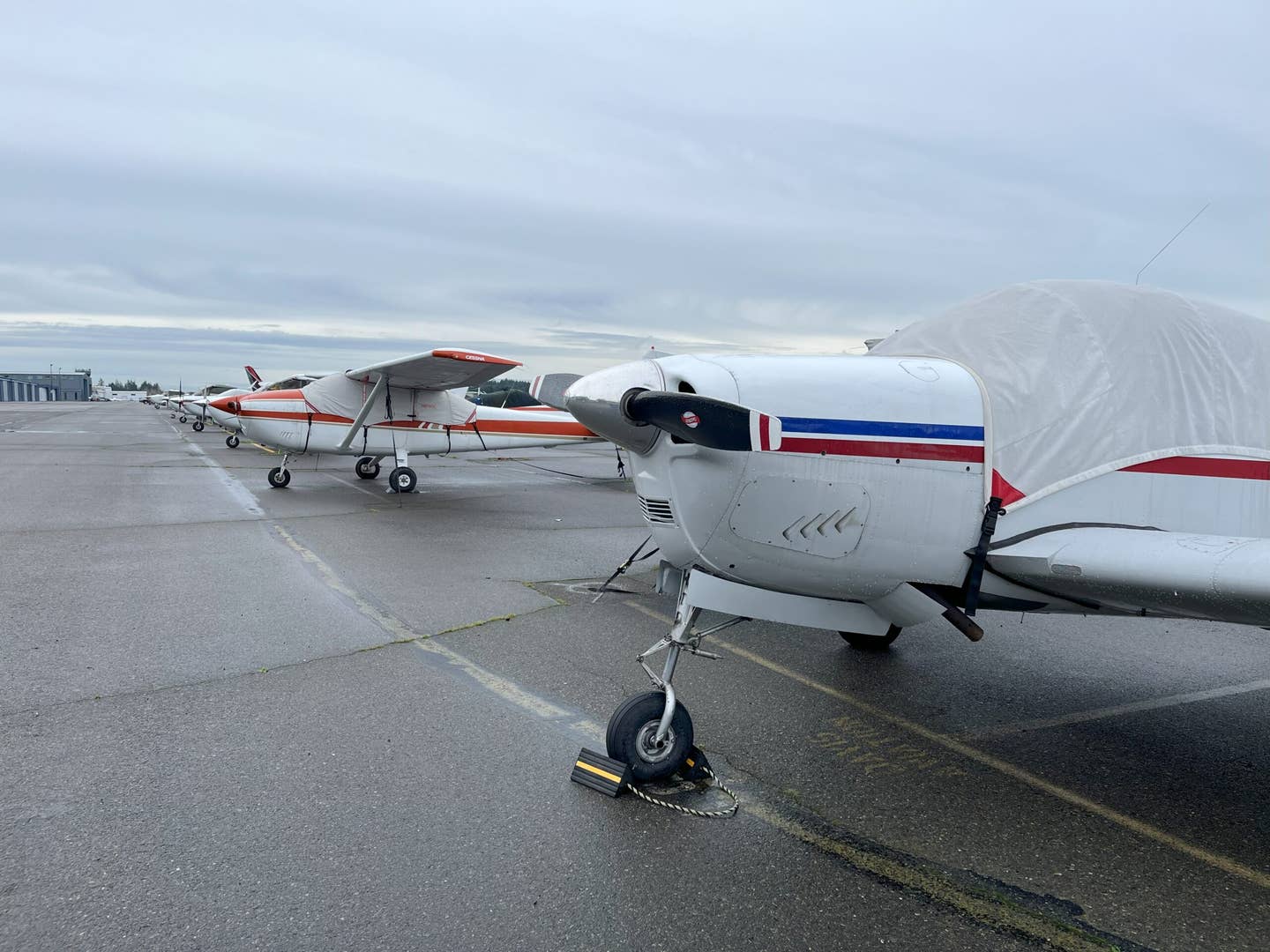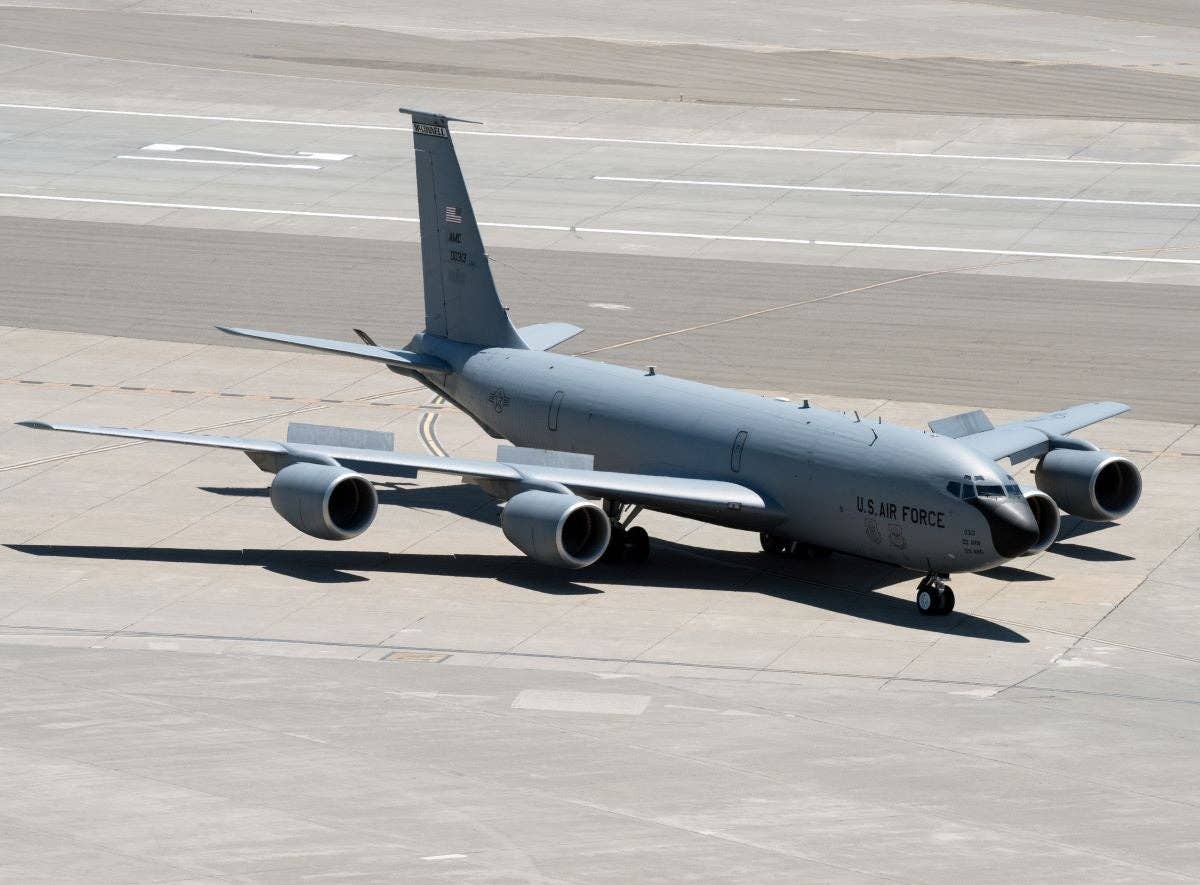
(October 2011) It seems like almost every organization supports safety. Posters proclaiming "Safety First" are plastered all over companies around the world, and many corporate manuals contain words saying something similar to "Any employee can call stop." And yet the real world of corporate culture often strays far from this ideal. The intense pressure to reduce costs and increase profits can lead corporate management to cut corners on safety and even to pressure employees to ignore problems and take risks. The NTSB report on the New Mexico State Police (NMSP) helicopter crash in June 2009, which I wrote about last month, contains a wealth of valuable advice for management. In fact, the NTSB devoted 17 pages, or about 25 percent of the report, to management and organizational risk-management issues.
Listen to Your Experts
In an ideal world, management would realize that it is there to make it easy for employees to do their jobs. As managers work to come up with corporate policies and procedures, they would seek the input of their experts — the pilots, mechanics and other personnel who know from experience how to fix and fly airplanes, and how to keep customers happy. The unfortunate reality is that people in management, some of whom may have no operational experience, often fail to take advantage of the wealth of experience and expertise available from their employees. This can lead to friction with employees who are trying to do the right thing, keep the customer happy and put safety first. The NTSB report states that the NMSP chief pilot reported to a special operations captain. The chain of command continued through a major, the deputy chief of police and the chief of police before finally culminating with someone called the Department of Public Safety (DPS) cabinet secretary, who had overall responsibility for the NMSP. No one in this chain of command had any aviation knowledge or experience except for the cabinet secretary, and apparently no one consulted with aviation personnel on aviation safety and management issues.
Be Alert to Pressure
Even a simple pep talk can be perceived by employees as an edict from management to get the job done no matter what, and overt pressure can have a devastating effect on safety. In the case of the NMSP, the DPS cabinet secretary took a personal interest in the aviation section due to his aviation experience. Part of this interest seemed to be focused on maximizing use of the aircraft. The former chief pilot stated that he often received complaints from the cabinet secretary when he turned down flights he considered too dangerous, and he was eventually relieved of his duties as chief pilot for declining a mission because he didn't think it was safe. This kind of pressure from management, however well intended, can lead to people taking unnecessary risks, and sooner or later will result in an incident or accident that costs far more than anything saved by cutting corners on safety.
Carefully Assess Total Workload
There is a lot more to being a pilot than just flying the airplane. Pilots typically have ancillary duties that can take a considerable amount of time, and a chief pilot carries the full load of a manager in addition to any flight duties. Being on call means your time is not really your own, and a 24-hour operation has a deadly effect on sleep. The NMSP aviation-section managers had no problem with expecting the chief pilot, two full-time pilots and one part-time pilot to maintain 24-hour-a-day, seven-day-a-week operations with four aircraft. They also did not understand that the flight hours logged represented only the tip of the iceberg of the total duty times being worked, and they did not take into consideration the strain of being on call much of the time and working at all hours of the day and night. They expected the chief pilot to manage the flight department and maintain a full flight schedule, all while also functioning as a part-time public information officer.
**
Take Fatigue Seriously**
The NMSP did have rules limiting pilot flight and duty time and stating that "a minimum of eight hours' rest is required following any duty day that exceeds 12 hours prior to subsequent duty time." However, it did not define "rest" or require a minimum rest period following less than 12 hours of duty. Thus this policy allowed the NMSP pilots, and especially the chief pilot, to develop what was likely a condition of chronic fatigue because they were on call and even performing work-related tasks during their "rest time." The problem with chronic fatigue is that you get used to it and think you are performing well when, in reality, it will take only one unusually stressful event or tiring day to push you over the edge.
The FAA has finally realized that, if eight hours’ sleep is necessary for most people to be fully rested, eight hours between duty assignments is not nearly enough to allow eight hours of sleep. People need to unwind, eat and conduct personal business, and all that gets squeezed into “rest time,” often greatly reducing the amount of actual rest a person gets. The FAA has also decided to allow controllers to nap during their breaks, bringing their policy in line with years of fatigue research.
Develop an SOP
A standard operating procedure (SOP) contains predetermined successful solutions to many of the likely problems and pressures pilots can experience. Having an SOP to rely on can make it much easier to successfully respond to difficult situations, and to pressure from customers, management or internal missionitis. The NMSP had only a nine-page SOP, and as is often the case, it had many "unofficial practices." Pilots would discuss how they would respond to various situations, but there was no overall consensus and no mandated policy to fall back on when tempted to push on.
Focus on Safety
While everyone wants to be safe, it is easy for safety to get pushed to the side during the rush of daily operations. The NTSB report noted that the NMSP did not have a safety officer or specific safety goals. There was also no protocol for risk assessment before launching a mission and during the mission, and no formal system for communicating safety-related information.
Implement Safety Management System
In recent years, the International Civil Aviation Organization (ICAO), the FAA, the NTSB and various other aviation organizations have developed guidelines and sample materials to make it easier for flight operations to develop a safety management system (SMS). These materials help to evaluate a company's flight and maintenance operations to:
• Identify safety hazards.
• Ensure that remedial action is implemented.
• Provide for continuous monitoring and regular assessment of the safety level achieved.
• Continuously improve the company’s overall level of safety.
As I mentioned in my previous article, the New Mexico State Police responded quickly and positively to the recommendations of the NTSB and its own internal investigation. Along with other actions, it:
• Developed a strategic plan and improved flight authorization procedures.
• Developed a mission risk-assessment worksheet that addressed factors such as crew experience, currency and quality of rest.
• Developed a mission briefer checklist.
• Developed study guides for each aircraft it operated.
• Instituted monthly safety meetings.
• Increased flight training time and developed enhanced programs to track that training.
• Designated safety and training officers.
Many individual pilots and small flight departments have little or no formal emphasis on safety, and even large operations can lose their focus on safety as they battle to stay in business and make a profit. Whether you conduct search-and-rescue missions, fly corporate, charter or scheduled airline service, or just do local sightseeing or pleasure flights, it is obvious from the many aviation accidents that even the most experienced and careful pilot or mechanic can lose focus and be drawn into an unsafe operation. This is why every aviation organization needs a formal, written safety and risk-management policy to rely on when the internal and/or external pressure gets intense. Next month I will go into more detail on what a safety management system entails, and how even the smallest flight operation can develop and implement its own SMS.

Sign-up for newsletters & special offers!
Get the latest FLYING stories & special offers delivered directly to your inbox






